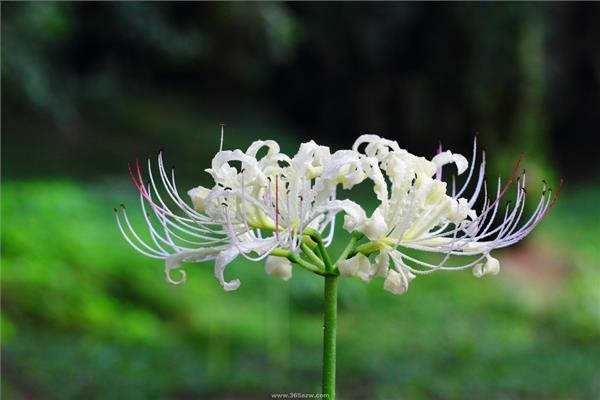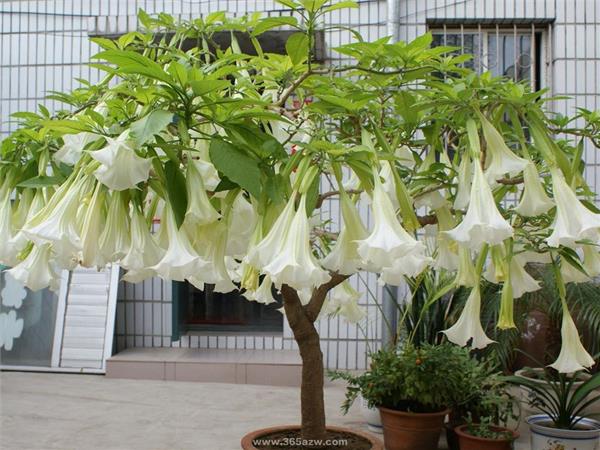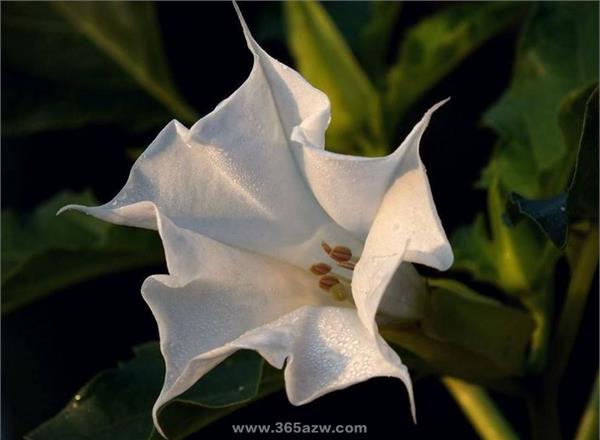Is the mandala flower poisonous? details
Many people know in the film and television works that the mandala flower is a poisonous plant, is it in fact so? Next, let's take a look at the details of whether the mandala flowers are poisonous.

Is the mandala flower poisonous? details
Stramonium flowers are poisonous, so planting needs to be careful.
The toxicity of this plant is almost all over the body, and the fruit, especially the seed, is the most toxic, followed by young leaves. Dried leaves are less toxic than fresh leaves. The toxic components of Datura stramonium mainly contain scopolamine and scopolamine, followed by atropine, atropine (apoatropine), descending atropine, daturine, tigloidine, Datura mandshurica, cymbidium, 2-dihydroxyhyoscyamine, red gouache and 7-hydroxy-3-amino-6-dihydroxy-6-dihydroxy scopolamine. The content of total alkaloids was the highest at the end of flowering and decreased rapidly when the seeds matured. Hemagglutinin was also isolated from the seeds.

There are also many incidents of poisoning caused by Datura mongolica flowers. Generally speaking, the poisoning patients develop symptoms half an hour after eating, 20 minutes at the earliest, and no more than 3 hours at the latest. The toxic dose varies according to the route of toxicity entry, age and health status. Adults can be poisoned by three fruits; children are more sensitive, as long as 1/10 of adults, no more than one, 3-4 seeds can be poisoned, most of them are acute sudden onset. The poisoning of children still has the phenomenon of drowsiness. External application of Datura leaf can also cause acute systemic poisoning, the symptoms are the same as oral administration, and the time of onset of symptoms is faster than that of oral administration.
It is not only humans that can be poisoned, but even livestock that eat mandala flowers can cause poisoning, with cats being the most sensitive, cattle and horses second, sheep and rabbits the most tolerant. The lethal dose of aboveground part of the plant to cattle, horse and sheep was 150,300g, 150g and 200g, respectively. The horse ate 1kg seeds and died of spasm the next day. Seeds are particularly toxic to ostriches and to fish. Recently, it has been reported that the symptoms of sheep poisoning include dyskinesia, spontaneous contraction of muscle fibers, hypersensitivity, rapid breathing, lack of drinking water and so on.

So what are the symptoms of Datura mandala poisoning? Clinical manifestations and incubation period: symptoms often occur half an hour to 1 hour after eating, such as inhibition of parasympathetic nervous system and excitement of central nervous system, similar to atropine poisoning symptoms, dry mouth, dysphagia, hoarseness, dry skin, flushing, fever. Increased heartbeat, deep breathing, elevated blood pressure, headache, dizziness, restlessness, delirium, auditory hallucinations, confusion, impermanence of crying and laughter, muscle convulsions, ataxia or paroxysmal convulsions and spasms. In addition, there are elevated body temperature, constipation, mydriasis and knee hyperreflexia. Most of the above symptoms disappeared or basically disappeared within 24 hours, and the severe ones entered lethargy, spasm, cyanosis and finally died in a coma after 12 to 24 hours.

It can be seen that the mandala flower is poisonous, although this plant is very beautiful, but because its toxic harm is relatively great, so when you see this plant, you must not accidentally eat its fruit, and it is best not to plant such a plant at home, even if it is beautiful.
- Prev

Introduction to the insertion method and matters needing attention of Chinese rose
Introduction to the insertion method and matters needing attention of Chinese rose
- Next

Detailed introduction of the efficacy and function of Datura mandala flower
Detailed introduction of the efficacy and function of Datura mandala flower
Related
- Wuhan Hospital Iron Tree Blooming Result Was Instantly Frightened by the Gardener Master
- Which variety of camellia is the most fragrant and best? Which one do you like best?
- What is the small blue coat, the breeding methods and matters needing attention of the succulent plant
- Dormancy time and maintenance management of succulent plants during dormancy
- Minas succulent how to raise, Minas succulent plant pictures
- What are the varieties of winter succulent plants
- How to raise succulent plants in twelve rolls? let's take a look at some experience of breeding twelve rolls.
- Attention should be paid to water control for succulent plants during dormant period (winter and summer)
- Watering experience of twelve rolls of succulent plants
- Techniques for fertilizing succulent plants. An article will let you know how to fertilize succulent plants.

